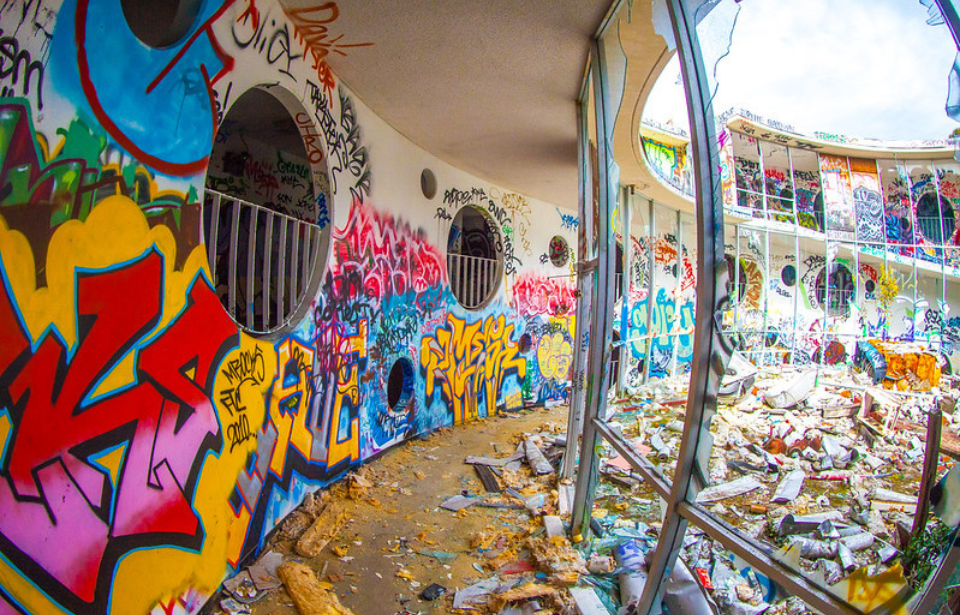Treasure Island sits in San Francisco Bay, California. The island got its name from the book Treasure Island because the author, Robert Louis Stevenson, lived in the Bay area in 1879. While its purpose has changed over the decades, it’s today home to a new and thriving community.
Treasure Island was created artificially
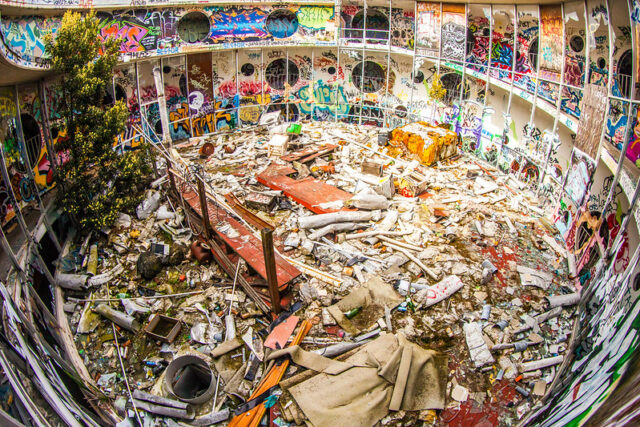
Treasure Island is in the northernmost section of San Francisco District 6, and it’s connected to nearby Yerba Buena Island by a causeway measuring 900 feet. It’s an artificial island, rather than a natural one, and it measures 400 acres. To create it, quarried rock was placed on naturally occurring shoals that extended from Yerba Buena Island and were a shipping hazard.
About 50,000 cubic yards of topsoil had to be transported to the island to allow for trees, shrubs and flowering plants to grow.
Golden Gate International Exhibition
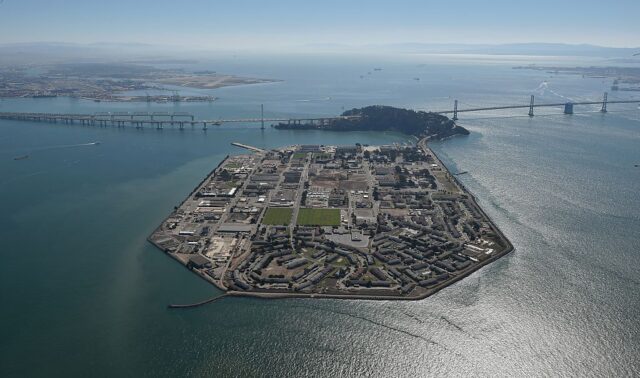
Treasure Island was built between 1936-37 for the Golden Gate International Exhibition, which took place in 1939-40. When it officially opened on February 18, 1939, the island had amenities such as a central Court of Honor, a Court of the East, a Port of Trade Winds, various exhibition halls for different industries, aircraft hangars and parking for 12,000 vehicles.
Treasure Island became a Naval Auxiliary Air Facility
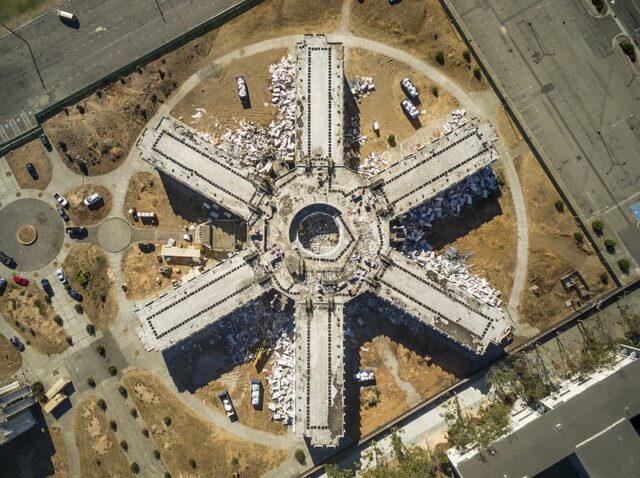
After serving as a World Fair site, there were plans to turn Treasure Island into a second airport for San Francisco. However, the decision was made to transform it into a naval base, instead.
Known as Naval Station Treasure Island, it supported helicopters and fixed-wing aircraft and hosted a US Navy/US Marine Corps electronics school. It was also where submarines were cleaned and decontaminated, resulting in radioactive chemicals seeping into the soil.
The base operated from the Second World War through to the 1990s, and it was active during both the Korean and Vietnam Wars. As the Cold War weighed heavy over the heads of Americans, Treasure Island also housed a Radar Bomb Scoring Site, which was used to assess and train bomber crews in the event they needed to embark on bombing missions.
Naval Station Treasure Island was shuttered in 1997, after which the US Navy had to clean up all of the contamination.
Decontaminating Treasure Island
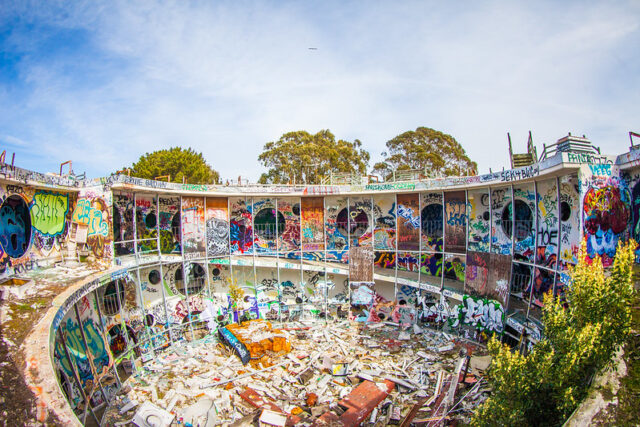
When the US Navy finally sold Treasure Island, the Administration Building and the Hall of Transportation were listed by the National Register of Historic Places. Unfortunately, there were problems with redeveloping the site because of the radioactive contamination. By 2010, the service had removed around 16,000 cubic yards of contaminated soil.
Plans for the redevelopment of Treasure Island
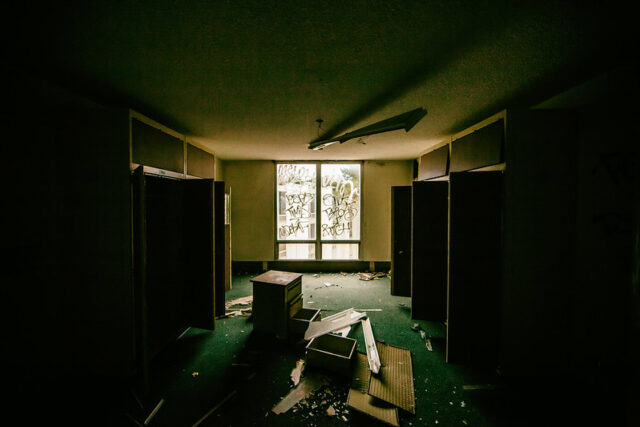
In 2011, a plan was approved to build 8,000 homes, as well as hotels, office space and retail outlets on Treasure Island. The aim was to construct all this across 15 years, for $5 billion. A big chunk of that would have been spent on making the island more resistant to earthquakes. Being situated on loose soil means vibrations can feel more intense and cause more damage to buildings.
It appears the original investors pulled out of the project, and new ones only planned on spending just $1.5 billion to transform the area. A non-profit group called the Treasure Island Development Authority was set up to oversee construction.
Moving to San Francisco Bay
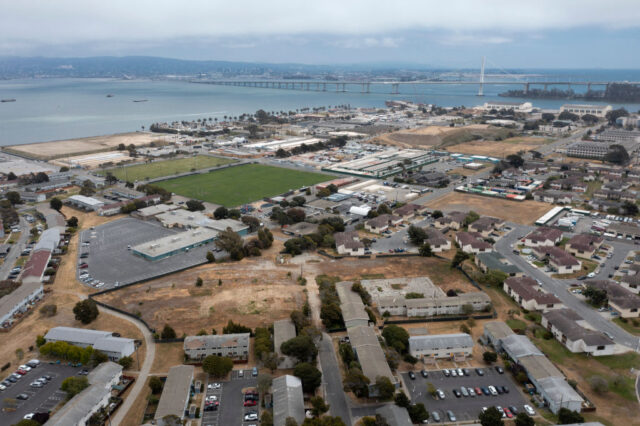
The Administration Building still stands and now acts as the main office for the Villages, the company that rents out properties on Treasure Island. Most of the residences have patios and enclosed rear yards, and there is plenty of open space, as well. As of 2010, 2,500 people were living on Treasure Island. Two years later, the first grocery store opened its doors, with ground breaking on the island’s ferry terminal in 2019.
Today, the population of Treasure Island is approximately 2,000, with residents having access to schools, everyday essentials, sports clubs and other community events. The likes of hydro and water are taken care of by the city of San Francisco.
Playing host to movie sets
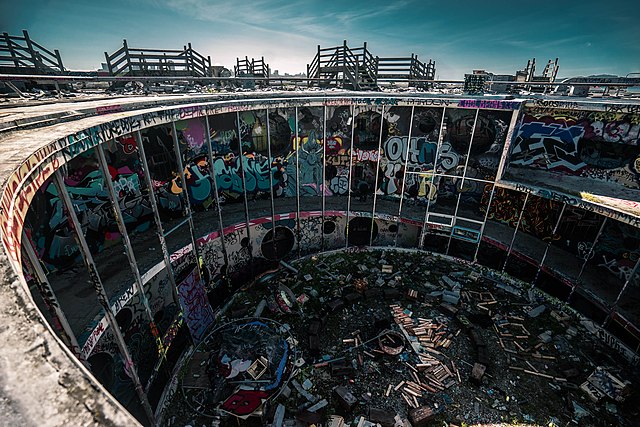
Treasure Island has been used as a movie location many times. It was a setting for the 1939 film Charlie Chan at Treasure Island and later served as a stand-in for the Berlin Airport in Indiana Jones and the Last Crusade (1988).
Hangars 2 and 3 have been used as sound stages for various productions, including The Matrix (1999), starring Keanu Reeves.
Abandoned places around Treasure Island
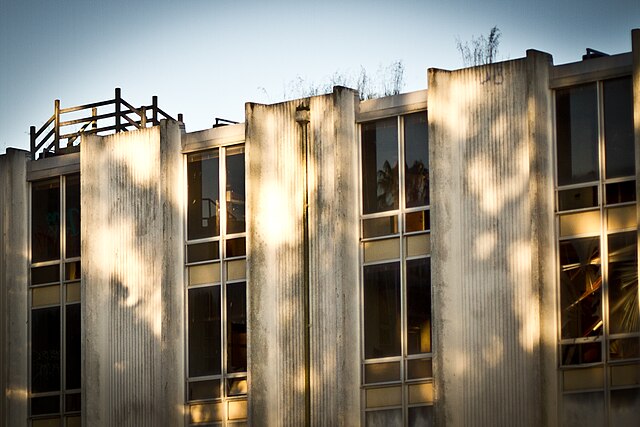
Even though people are living on Treasure Island, there’s still a lot of abandoned space around, enticing urban explorers. Almost all the walls of these abandoned buildings have become covered with inscriptions and drawings, and trash covers the ground and fills the abandoned rooms.
One of the main draws for urban explorers was Cosson Hall. The building opened in 1969 and was a barracks for sailors. It was built in the shape of an asterisk, with a circular center and six arms extending out of it. Following its closure, it quickly fell into disrepair.
Was Cosson Hall haunted?
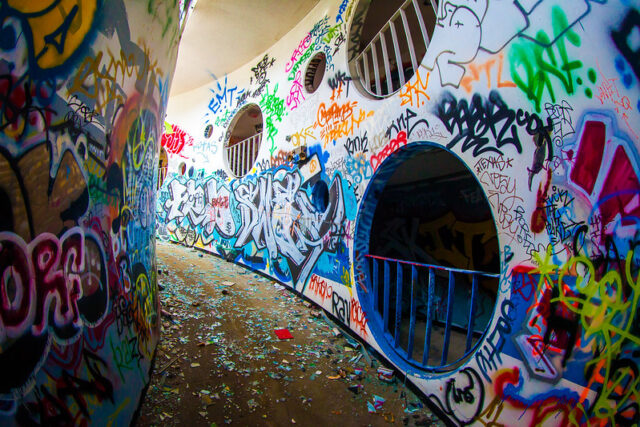
Rumors allege Cosson Hall wasn’t as abandoned as it appeared, but, instead, was home to various ghostly inhabitants. Some explorers heard someone whistling “Anchors Away,” the unofficial song of the US Navy, while they were inside. Those who located the source revealed it to be an apparition of a man in a white sailor’s uniform who ran through the halls, chasing away visitors.
Graffiti artists were very fond of the circular area in the middle of the barracks, and many pieces of street art were visible. Some of those who went at night told stories of how they felt a presence physically preventing them from finishing their work on the walls.
Another story claims glowing balls appeared in the trees surrounding Cosson Hall at night.
More from us: The World’s Biggest ‘Ghost Mall’ Has Been Brought Back From the Dead
However, anyone visiting today won’t be able to witness any ghostly phenomena because, in 2016, all of the trees near Cosson Hall were removed. The building itself was demolished shortly thereafter.
